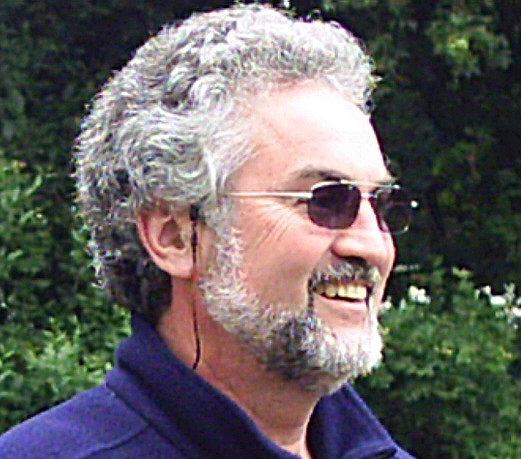|
Sucevița Monastery is an Eastern Orthodox convent situated in the Northeastern part of Romania. It is situated near the Suceviţa River, in the village Sucevița, 18 km away from the city of Rădăuţi, Suceava County. It is located in the southern part of the historical region of Bukovina. It was built in 1585 by Ieremia Movilă, Gheorghe Movilă and Simion Movilă.
The architecture of the church contains both Byzantine and Gothic elements, and some elements typical to other painted churches of northern Moldavia. Both interior and exterior walls are covered by mural paintings, which are of great artistic value and depict biblical episodes from the Old and New Testament. The paintings date from around 1601, which makes Sucevița one of the last monasteries to be decorated in the famous Moldavian style of exterior paintings.
|

